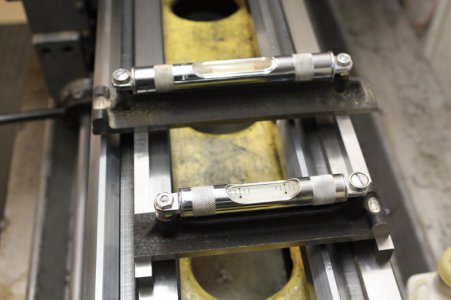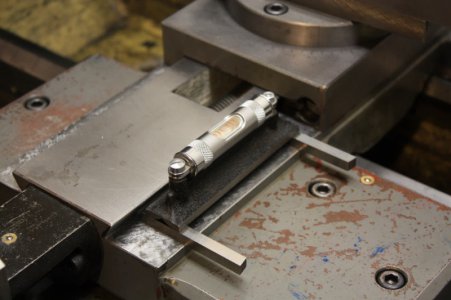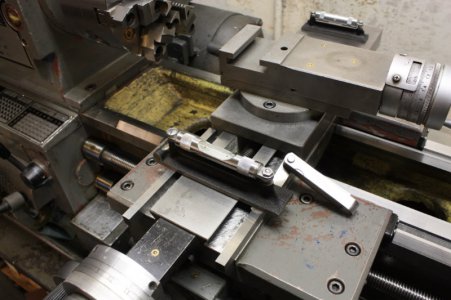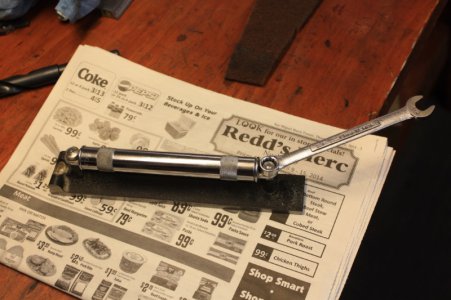- Joined
- Mar 27, 2014
- Messages
- 12
I removed the cover on top of the headstock which allows for access to and adjustment of the forward/neutral/reverse clutch. Removing the cover also allows for inspection of some of the gear train and lubrication system. The manual details how to adjust the clutch for proper engagement, so I will follow those steps.
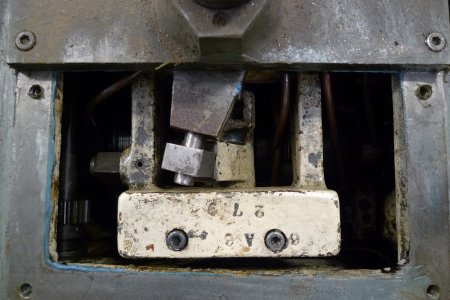
Viewing what gears I can see, I see some potential problems. The large gear in the foreground has grooves worn in to a shoulder that shouldn't have any contact with any other gear teeth I believe, the the gear on the shaft in the background has grooves worn along the width of the gear body. I have not counted teeth yet or had time to turn over by hand and really understand what is going on, but it seems it is in need of adjustment.
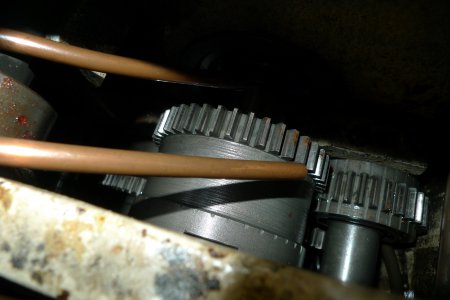
The drip oiling system is pretty cool, and appears to all be present.
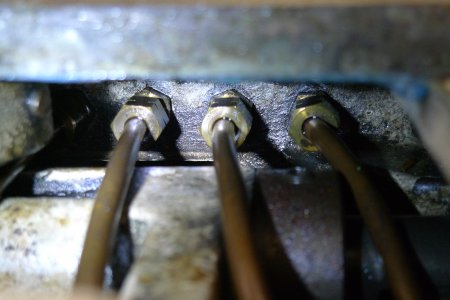
Jonathan




Viewing what gears I can see, I see some potential problems. The large gear in the foreground has grooves worn in to a shoulder that shouldn't have any contact with any other gear teeth I believe, the the gear on the shaft in the background has grooves worn along the width of the gear body. I have not counted teeth yet or had time to turn over by hand and really understand what is going on, but it seems it is in need of adjustment.

The drip oiling system is pretty cool, and appears to all be present.

Jonathan





